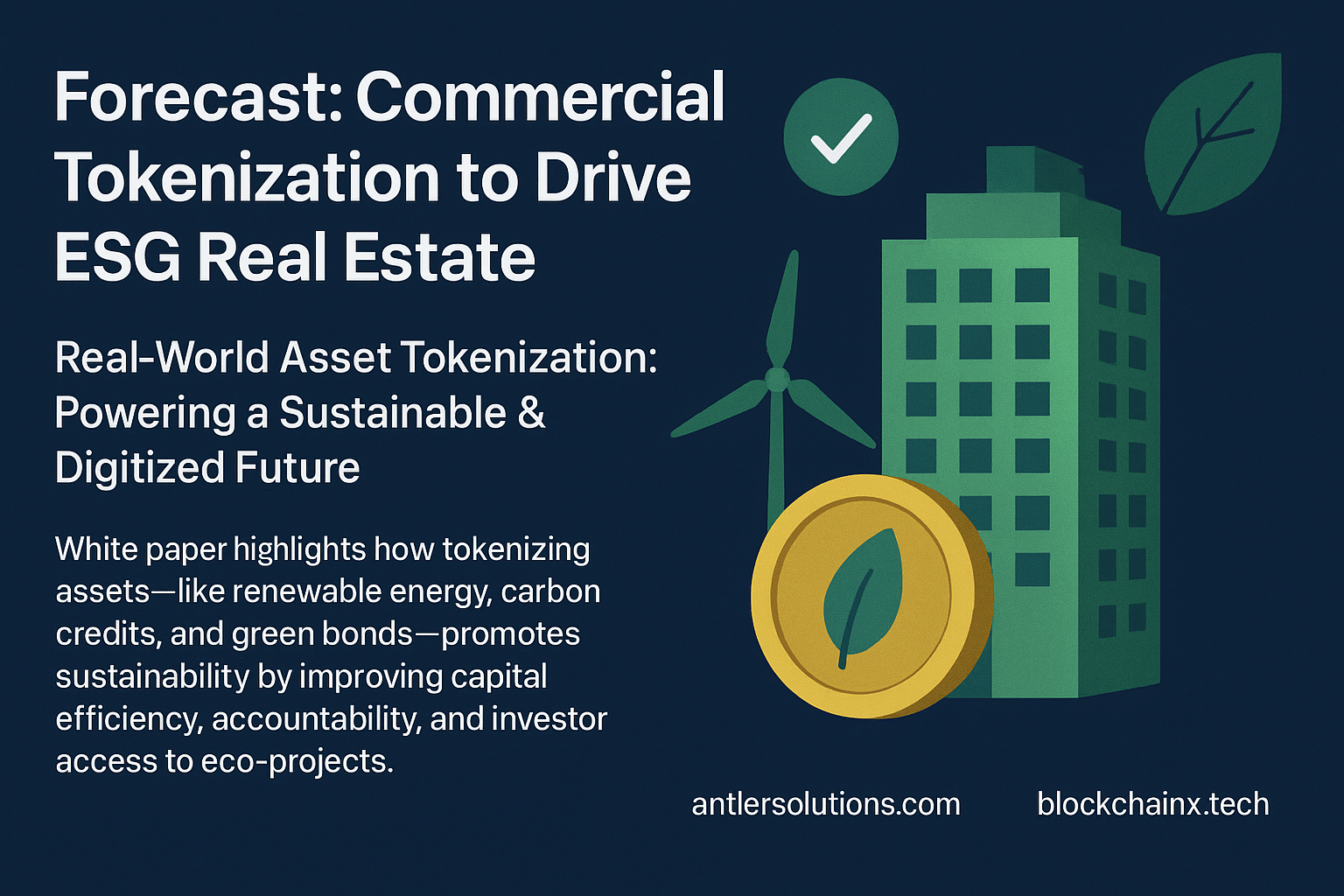As environmental sustainability becomes a priority for both governments and investors, the cryptocurrency space is evolving to meet greener expectations. Among blockchain projects, Solana is emerging as a clear leader in this shift, offering a sustainable infrastructure that sets a new benchmark for the industry.
Energy Efficiency at the Core
Solana’s architecture is fundamentally different from energy-intensive Proof-of-Work (PoW) networks like Bitcoin. Instead, it relies on a hybrid consensus model combining Proof-of-History (PoH) with Proof-of-Stake (PoS), which allows for lightning-fast transaction speeds while consuming significantly less energy. According to estimates, a single Solana transaction uses roughly the same amount of energy as a few Google searches—dramatically lower than Ethereum’s pre-merge consumption or Bitcoin mining.
This energy profile has not gone unnoticed. In 2025, with climate-conscious investing surging, Solana is seeing increased adoption among institutions and individual investors who prioritize ESG (Environmental, Social, and Governance) compliance in their portfolios.
A Blockchain for the Planet
Beyond efficiency, Solana has taken proactive steps to ensure environmental responsibility. The Solana Foundation publishes annual energy usage reports and partners with climate tech firms to offset emissions where possible. Their initiatives include carbon footprint tracking and integrating sustainable practices into validator operations.
These actions resonate strongly in a world where digital asset technologies are under increasing scrutiny for their environmental impact. The alignment of performance, scalability, and green credibility makes Solana a compelling choice in 2025’s blockchain landscape.
Institutional Embrace of Green Chains
Large asset managers and tokenization platforms are now exploring Solana not only for its speed and low fees but also for its eco-friendly credentials. Real-world asset (RWA) tokenization, decentralized finance (DeFi), and NFT projects are choosing Solana over competitors to reduce their carbon footprint and appeal to eco-conscious users.
Green finance isn’t just a trend—it’s becoming a compliance mandate. With upcoming global regulations demanding transparency in ESG reporting, blockchains like Solana that offer verifiable energy metrics are likely to enjoy an edge in mainstream adoption.
Solana’s rise as a green blockchain is more than a technical story—it’s a symbol of a broader transformation in how we approach digital finance. As investors seek sustainable options without sacrificing performance, Solana offers a solution that bridges speed, cost-efficiency, and ecological responsibility.
For environmentally conscious investors in 2025, Solana isn’t just a blockchain—it’s a commitment to the planet’s future.




